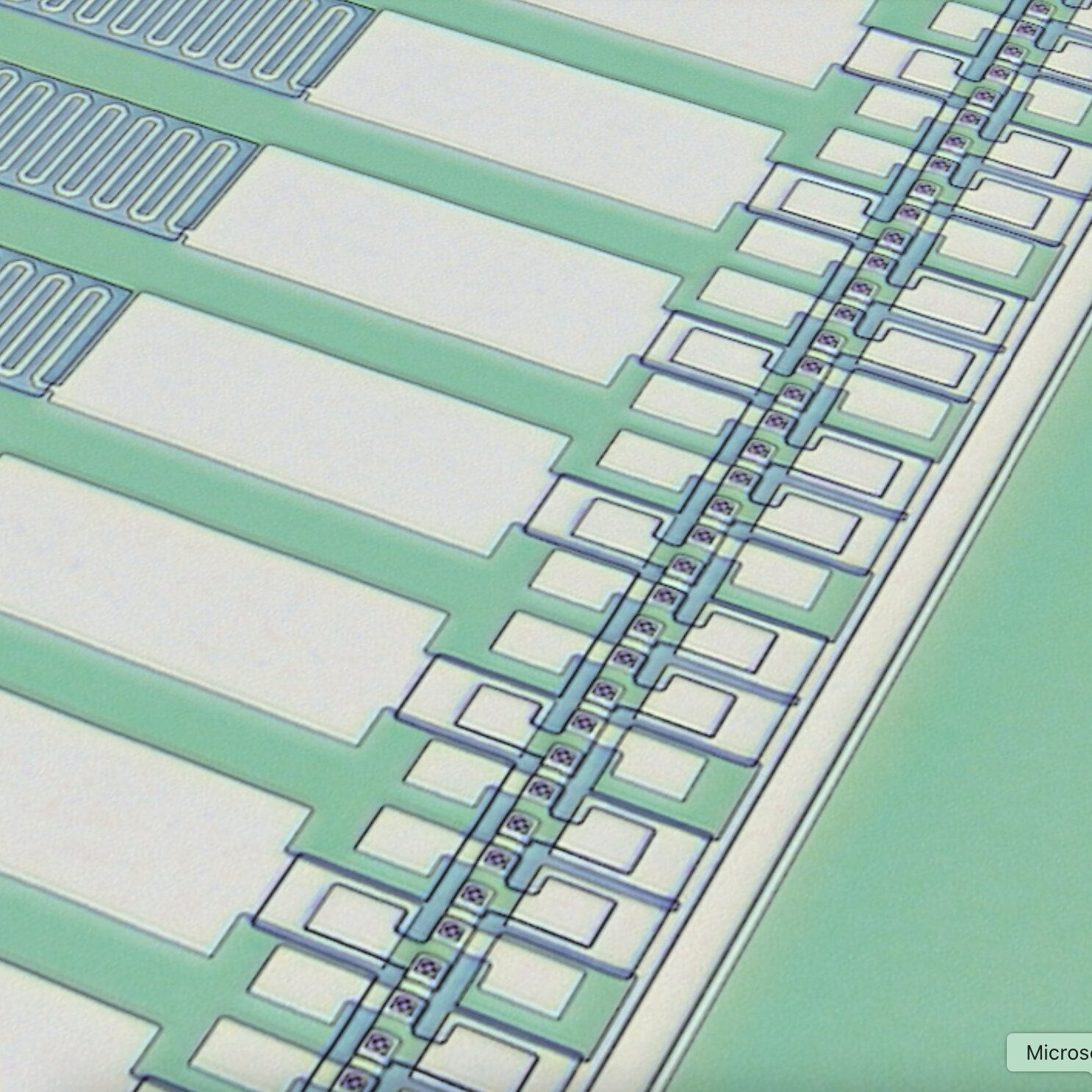For centuries, humanity has tried to push the boundaries of how we store, process, and understand information. Classical computers—powered by bits that can take the value of either 0 or 1—have transformed our lives in extraordinary ways. But as powerful as they are, they cannot easily solve certain classes of problems, such as simulating complex molecules or optimizing huge systems, problems that nature itself handles effortlessly.
This is where quantum computing enters the story. Instead of relying on bits, quantum computers use qubits, quantum units of information that can exist in a strange quantum state known as superposition. A single qubit can hold both 0 and 1 at once, unlocking an entirely new dimension of computation.
Yet, building a quantum computer is not just about creating qubits—it’s about listening to them. We need to measure their delicate states without disturbing them, and this is where one of the greatest engineering challenges of our time emerges.
The Delicate Whisper of Qubits
Superconducting qubits, among the leading candidates for scalable quantum computers, are so small and fragile that they cannot be measured directly. Instead, they “speak” to us through a readout resonator—a tiny circuit that changes its response depending on the qubit’s state.
To capture this faint signal, researchers shine a weak electromagnetic wave onto the resonator. The qubit’s state slightly alters the wave, encoding information in it. But the wave is whisper-quiet, nearly drowned out by noise. Engineers must amplify this signal so it can be detected and interpreted, much like cupping your ear to hear a faint sound in a noisy room.
And here lies the difficulty: amplifying a fragile quantum signal without disturbing the qubit itself.
The Challenge of Amplification
Conventional amplifiers can boost weak signals, but they have a flaw: they can reflect noise back toward the qubit, like shouting into a microphone and hearing an echo that disrupts the original performance. For a qubit, even the faintest “echo” can destroy its quantum state, erasing valuable information.
To avoid this, researchers traditionally insert bulky magnetic devices called circulators and isolators into the measurement chain. These act like one-way valves, letting signals pass in only one direction. But they come at a cost: they are physically large, they don’t play well with the superconducting environment of qubits (which dislike magnetic fields), and they take up precious space at ultracold temperatures where the qubits operate.
For years, this has been one of the bottlenecks in scaling up quantum computers. Each qubit needs its own protective setup, and as the number of qubits grows, so does the jungle of hardware.
A New Breakthrough in Quantum Engineering
Recently, researchers from the National Institute of Standards and Technology (NIST) and the University of Colorado developed a groundbreaking device that could reshape this landscape.
Their invention combines two critical features into a single, compact device:
- Amplification of the weak qubit signals.
- Isolation, preventing disruptive signals from traveling back toward the qubits.
This achievement, published in Nature Electronics, is more than a clever design—it represents a step toward making quantum computers more practical and scalable.
The Magic of Parametric Processes
At the heart of this new device lies a concept called a parametric process, a phenomenon where one part of a system is periodically modulated to add or shift energy.
A classic analogy is a child on a swing: by moving their center of mass at just the right rhythm, they can increase the swing’s amplitude without pushing it directly. Similarly, in the new device, electromagnetic “pumps” inject energy in just the right way to amplify the signal traveling forward while transforming unwanted backward signals into a different frequency—one that cannot disturb the qubits.
This ingenious trick allows the device to act as both a bodyguard and a megaphone for quantum signals.
The Role of Josephson Junctions
To make the device work, the team used a specialized circuit element called a Josephson junction—a tiny sandwich of superconducting materials separated by an insulating barrier. Unlike ordinary inductors, Josephson junctions are nonlinear, meaning their behavior changes with the current flowing through them.
By arranging these junctions into an artificial transmission line with capacitors and inductors, the researchers created a nonlinear medium that supports both amplification and frequency conversion. This was the key to integrating amplification and isolation within the same device.
Why This Matters for Quantum Computers
The implications are profound. If amplifiers and isolators can be combined into a compact, superconducting-friendly device, then the clutter around qubits can be dramatically reduced. Instead of relying on bulky magnetic components at ultracold temperatures, engineers could integrate these new devices directly on the chip with the qubits themselves.
This simplification not only saves space but also reduces the engineering complexity of scaling quantum computers to hundreds or thousands of qubits—a necessary step toward making them truly useful.
Looking Ahead
While the achievement is exciting, the journey is far from complete. The researchers now face questions such as:
- How does the device perform during real qubit measurements, not just test signals?
- Can its design be refined so that only the desired processes occur, avoiding spurious effects?
- Could similar principles be used in larger-scale amplifiers for even more complex quantum systems?
As Maxime Malnou, lead author of the study, emphasized, isolating qubits from backaction noise is essential, and replacing bulky magnetic hardware with compact on-chip devices could change the way quantum processors are built.
The Human Side of Quantum Progress
Beyond the technical achievements, there’s a deeper, human story here. Quantum computing is not just about equations and circuits—it’s about curiosity and ingenuity. Each advance, like this amplifier-converter device, is the product of countless hours of thought, collaboration, and creativity. It reflects humanity’s determination to coax secrets out of the most fragile whispers of the quantum world.
These steps may seem small compared to the dream of a full-scale quantum computer, but history shows that revolutions are built on precisely such steps.
Conclusion: Toward a New Era of Computing
Quantum computing is often described as a technology of the future, but breakthroughs like this remind us that the future is being built today. By solving the practical challenges of reading qubits without disturbing them, researchers are clearing one of the most difficult obstacles on the road to scalable quantum machines.
If successful, these innovations will not only advance computing—they will transform how we solve problems, from designing new medicines to modeling the climate and exploring the mysteries of the universe.
In the fragile dance of qubits, amplified without harm, we glimpse the next chapter of human ingenuity—one where physics, engineering, and imagination come together to reshape the limits of what is possible.
More information: M. Malnou et al, A travelling-wave parametric amplifier and converter, Nature Electronics (2025). DOI: 10.1038/s41928-025-01445-8. On arXiv: DOI: 10.48550/arxiv.2406.19476






